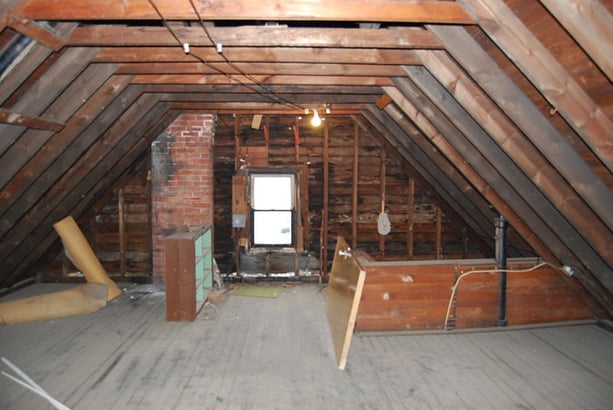The normal indoor humidity range in winter should be 15 to.
Normal moisture levels in attics.
The wood s final use.
If looking at an attic at a 110 degree f temperature and 80 relative humidity the wood moisture content would correlate to a 14 7 wood moisture content.
During the winter months the recommended relative humidity inside a house is anywhere between 30 50 percent.
Even in winter condensation can be problem if the attic is too warm.
In the wood scale the meter can detect moisture accurately over a range of 6 mc to 40 mc.
The short answer to this very involved question and the pages of temperature and humidity level data you sent is yes there is a risk that moisture from humid air in your attic will condense on.
Why is this important to understand.
The acceptable moisture levels of wood and lumber are in the range of 6 to 8 for interior and 9 to 14 for exterior wood or for building envelope components within constructed assemblies.
The bd 2100 s drywall moisture meter readings are accurate in gypsum to moisture content percentages as low as 0 2 and as high as 50.
The average rh of the environment where the wood will be used.
So they equalize pretty quickly.
The acceptable moisture content in wood depends on two factors.
By adding moisture to the lower floor you increase the partial pressure of the water vapor which pushes it to areas of lower vapor pressure like the attic.
Mostly because there are many misunderstandings of what is an appropriate level for wood moisture levels especially in the crawlspace.
This easy to follow diy guide will show you how to monitor your attic s heat and moisture levels so you can afford these problems.
But we can t leave it a week without the dehumidifier running that s all it takes to get up to an average 70 percent humidity and climbing.
Fresh cut trees can have a wood moisture content over 200 while completely dried wood will have a wood moisture content of 0.
If you raise the attic temperature the rh in both places would be the same.
Outside air moves into the attic leaves its.
This creates the perfect environment for mold and mildew to form.
Attics can get very hot and humid in the summer.
The difference in the two spaces is the dry bulb temperature.
Wood in buildings usually has a wood moisture content of 5 to 15.

